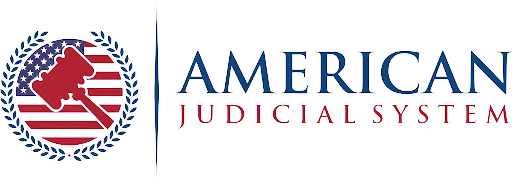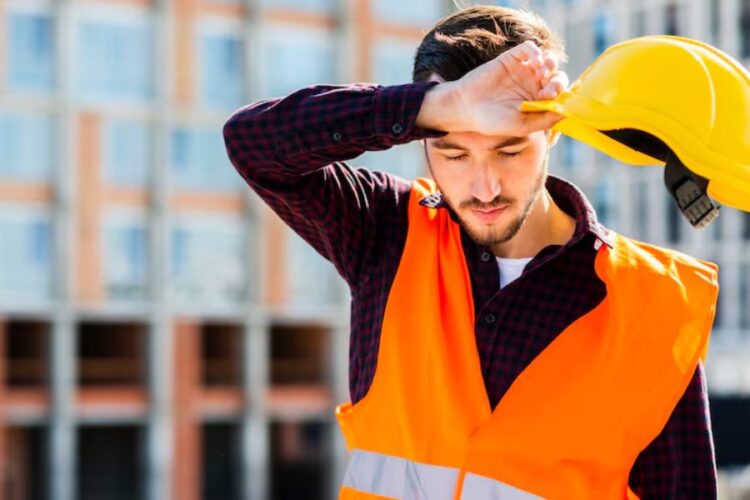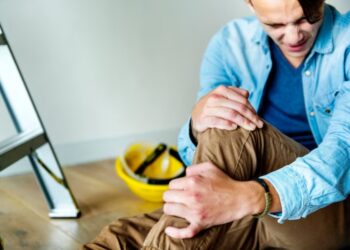Construction remains one of the most dynamic and vital industries, shaping skylines and supporting infrastructure needs worldwide. However, the inherent risks in construction make it one of the most hazardous professions, with workers facing potential dangers from heavy machinery, heights, electrical systems, and environmental hazards daily. Proactively preventing injuries is a regulatory obligation and a critical moral responsibility for employers and laborers. Going beyond compliance, a genuine commitment to safety can directly impact any construction business’s productivity, morale, and reputation. Understanding and employing practical strategies for injury prevention—and keeping tabs on industry advancements and legislative changes—are essential steps in creating a sustainable culture of safety. For those who have experienced a workplace accident, consulting with an experienced construction injury lawyer can offer essential guidance. Such professionals can help clarify worker rights, pursue deserved compensation, and ensure proper legal protection, so injured workers are never forced to navigate complex legal landscapes alone.
By emphasizing strong safety measures, fostering accountability among team members, and investing in ongoing education, construction professionals can significantly reduce the risk of job site injuries and foster a healthier, more productive working environment. This article outlines actionable safety measures, details technology-driven innovations, and shares industry news and initiatives to create safer construction sites. Whether you’re a site manager, foreman, or laborer, understanding and implementing these principles can help keep everyone on your team safe daily.
Comprehensive Safety Training
Effectively reducing the risk of injury on construction sites begins with robust and ongoing safety training programs for all employees. Workers must be carefully educated about site-specific hazards, the safe operation of equipment, and how to react in emergencies, all tailored specifically to their roles and tasks. Training isn’t a one-time event; comprehensive onboarding should be reinforced with regular refresher courses throughout the year to keep safety best practices at everyone’s mind. These courses can cover new technologies, updated regulations, and lessons learned from recent site incidents. Informed workers are empowered to identify potential risks quickly and respond correctly before accidents occur. According to the Associated Builders and Contractors, employers who invest in extensive, quality safety orientations and ongoing education see incident rates nearly 52% lower than those who offer only the most basic instruction. Further, fostering open communication about safety concerns and encouraging employees to report near misses without fear of reprisal is essential for continuously improving site practices.
Personal Protective Equipment (PPE)
Personal Protective Equipment (PPE) is a crucial barrier between workers and the many hazards on job sites. Standard PPE—such as hard hats, safety goggles, high-visibility vests, gloves, and steel-toed boots—must be worn at all times, regardless of perceived risk or job assignment. Supervisors should ensure that all protective gear is well-fitted, as ill-fitting PPE can significantly decrease effectiveness and create new risks. Before every use, equipment should be closely inspected for signs of wear, damage, or contamination. Regular replacement schedules are also important, as aging gear may not provide the required level of protection. According to industry standards and regulations, such as those issued by OSHA, the employer must provide the appropriate PPE for every task at no cost to the worker and train staff on its correct use and maintenance. This not only shields workers from common threats like falling objects, but also from harmful exposures to dust, chemicals, and electrical currents.
Regular Equipment Inspections
Ensuring that all machinery, scaffolds, and tools are working correctly is fundamental to construction site safety. Scheduled inspections, conducted before and after every use, should look for apparent damage, malfunction signs, or routine wear that could compromise equipment safety. Any detected problem must be logged and addressed immediately; faulty equipment should be tagged and removed from service until repairs can be made. In many job sites, digital checklists and apps are now used to streamline these inspections, automate reminders, and preserve a digital maintenance trail for each tool or machine. Such diligent inspection protocols help prevent equipment-related incidents, which remain among the most common sources of injury on construction sites. These inspections can uncover problems early, keep projects on schedule, and reduce unnecessary downtime.
Fall Prevention Measures
Falls continue to account for a large proportion of construction-related injuries and fatalities. Strategies to mitigate fall risks must be integrated at every project stage, mainly when workers operate at heights. Safety measures—such as guardrails, safety nets, and personal fall arrest systems—should always be in place whenever employees are exposed to fall hazards. Site supervisors should verify scaffold and ladder stability and ensure they are set up according to manufacturer instructions and regulatory standards. Workers must be trained in correctly selecting, setting up, and using fall protection equipment. Regularly updating fall prevention protocols and conducting site walkthroughs are vital, particularly as the layout and risk factors change during a job. Maintaining vigilance and a proactive stance on falls can drastically lower the probability of tragic accidents and severe injuries.
Maintaining a Clean Worksite
An orderly, well-organized environment is essential for minimizing safety risks on a job site. A clean worksite means walkways and emergency exits should always be unobstructed, debris should be cleared regularly, and all tools and materials should be stored in designated locations when not in use. Removing slip, trip, and fall hazards through basic housekeeping—including prompt disposal of scrap materials, dust control, and spill management—significantly reduces the frequency of common “everyday” accidents. Leading construction firms often embed housekeeping into their daily routines, with supervisors conducting spot checks and workers empowered to pause work and correct unsafe conditions when necessary. Housekeeping also extends to keeping signage visible and ensuring easy access to safety stations. When every team member understands their responsibility for site cleanliness, the entire project benefits from a safer and more efficient operation.
Leveraging Technology for Safety
Modern construction safety increasingly relies on innovative technologies to predict, monitor, and prevent incidents before they escalate. For example, wearable sensors can alert managers if a worker is exposed to dangerous temperatures or is suffering from unusual fatigue. At the same time, site-wide monitoring systems provide real-time updates on environmental conditions and worker location. Drones are now frequently used to inspect rooftops, scaffolds, or hard-to-reach spaces, minimizing the need for workers to enter unsafe zones. Mobile apps enable employees to instantly report hazardous conditions, track near misses, and swiftly communicate with supervisors for rapid intervention. With powerful data analytics, construction companies can identify repeating safety issues and refine their protocols. These technology-driven solutions represent a significant step in injury prevention, supporting proactive site management and helping organizations establish a predictive, rather than reactive, approach to construction safety.
Mental Health Awareness
Mental health finally receives long-overdue recognition as an integral component of job site safety. Workers who struggle with chronic stress, fatigue, or burnout experience reduced attention, impaired judgment, and slower reaction times and may unknowingly place themselves or others at risk. Progressive construction companies now offer wellness resources such as confidential counseling, flexible work shifts, and access to professional mental health support on-site or via partnerships. Training site supervisors to recognize the early signs of mental health issues is also key, as intervening early can make a substantial difference for those in need. Open discussions about mental health can break stigmas and ensure that workers at every level feel safe voicing their concerns and seeking help. These efforts boost individual well-being and morale and create a safer, more cohesive, and productive site culture overall.
Industry News and Initiatives
Keeping up to date with safety news, regulations, and industry-wide initiatives is a continuous process. Events like Construction Safety Week—celebrated annually—unite companies around a common purpose: putting safety at the core of every site and supporting collective, industry-wide responsibility. The 2025 theme of “All in Together” highlights the collaborative nature of adequate safety and challenges all parties—contractors, subcontractors, and workers alike—to improve site standards continually. Participating in these high-profile campaigns or staying connected to informative news sources provides insights into new regulations, runs through lessons learned from recent accidents, and introduces state-of-the-art equipment or processes. Engaged businesses can adopt and champion best practices that benefit their workers and the industry.
Ultimately, by incorporating proven safety strategies, leveraging new technologies, and prioritizing physical and mental well-being, construction professionals can create safer environments for everyone. Staying aware of the latest trends and news empowers managers and workers to make informed decisions in real time. In the unfortunate event of a workplace injury, knowing when and how to reach out to a qualified construction injury lawyer ensures full protection of legal rights and access to proper compensation, providing peace of mind and tangible support long after the incident.










